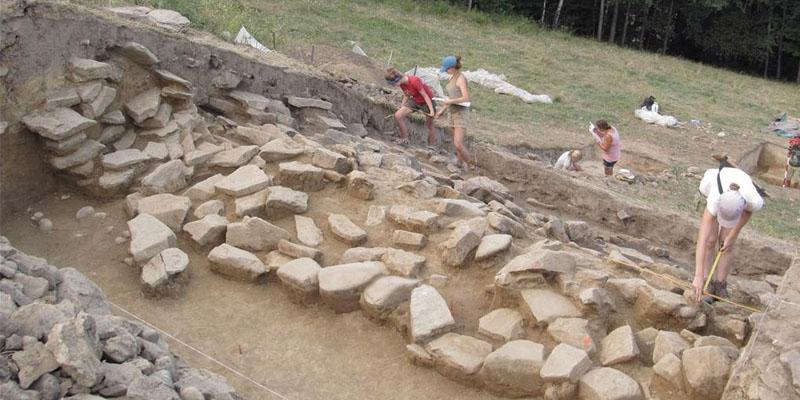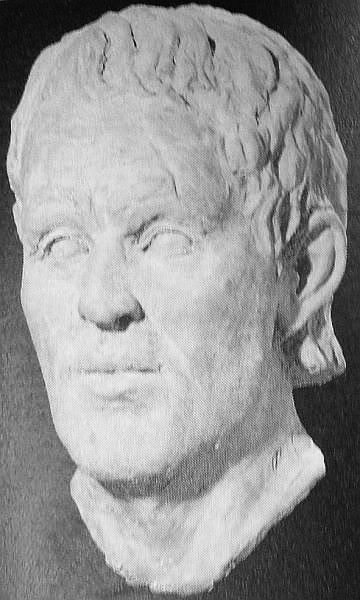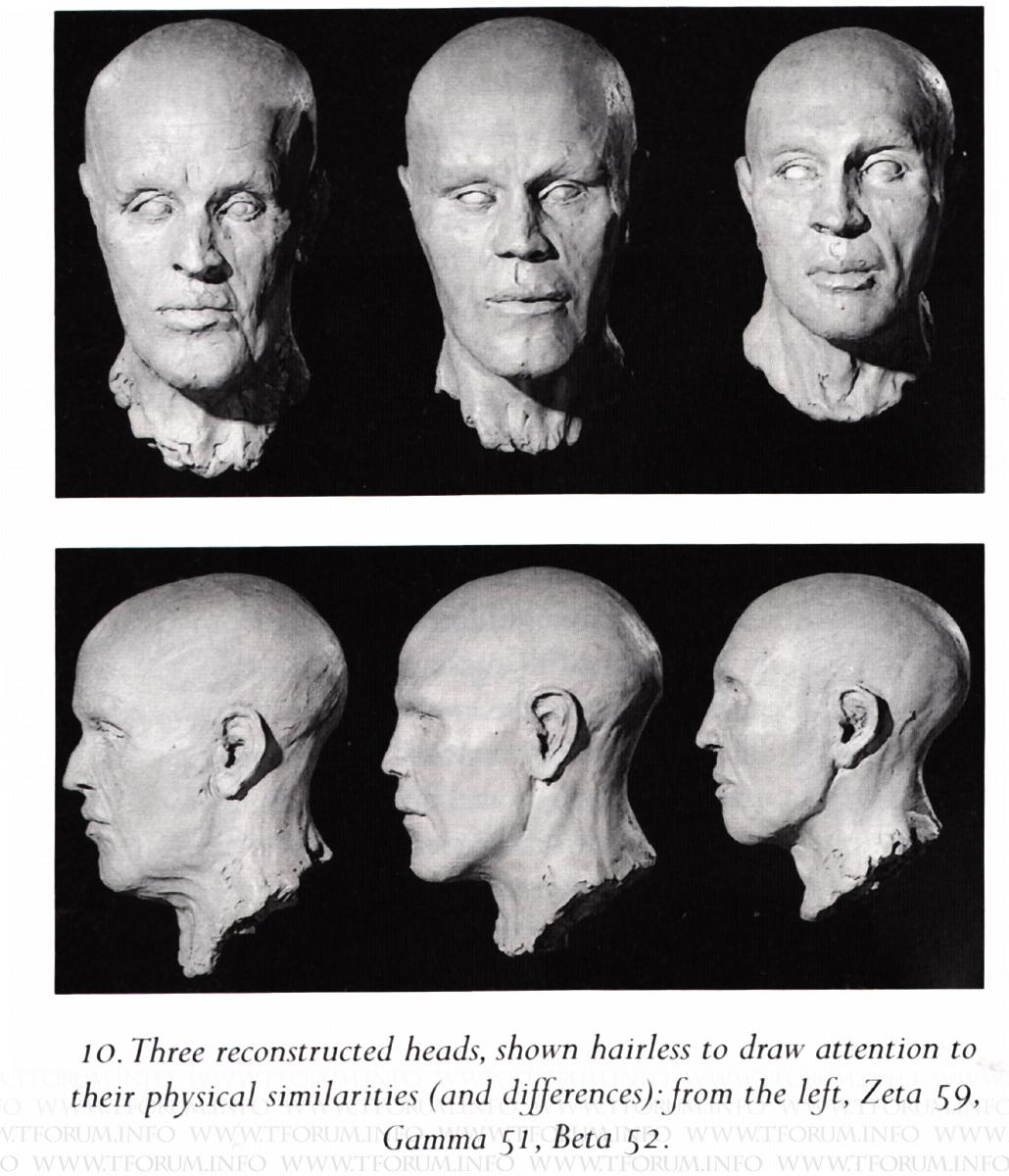Angela
Elite member
- Messages
- 21,823
- Reaction score
- 12,329
- Points
- 113
- Ethnic group
- Italian
http://www.archaeology.org/news/3688-150915-poland-stone-wall
"MASZKOWICE, POLAND—Beneath the remains of a Bronze Age settlement, a team from Jagiellonian University, led by Marcin S. Przybyla, has unearthed Poland’s oldest-known stone wall. “In the whole of Central Europe there are only a dozen sites dated so early with more or less well-preserved stone fortifications. At that time, the use of stone as a building material was typical of the Mediterranean areas. In the temperate zone of Europe, until the Middle Ages, fortifications were built with wood and clay,” Przybyla explained in Science & Scholarship in Poland. A figurine from the site resembles statuettes usually found in Mycenaean Greece and the northern Balkans and offers another link to Bronze Age civilizations of the Mediterranean. The structure, which has been dated to between 1750 and 1690 B.C., was built on the top of a hill that had been flattened and expanded. The sandstone walls of the fortress, thought to have been nearly nine feet tall based upon the measurements of fallen rocks, were held together with clay. A deep, narrow trench and a narrow gate were also part of the site’s defense system. To read more about the Bronze Age, go to "The Minoans of Crete."

This is a better article from Science in Poland:
http://scienceinpoland.pap.pl/en/ne...ntal-stone-structures-in-the-carpathians.html
The researchers claim that:
"Its inhabitants were not indigenous people, living in Małopolska since the end of the Stone Age, but a small, no more than 12-person group of colonists from the south, from the territory of present-day Hungary" - Dr. Przybyła told PAP.
Other archaeological sites associated with the community archaeologists refer to as the Ottomány culture have been discovered in the Polish Carpathians. The best known is the fortified settlement in Trzcinica near Jasło, but that settlement is very definitely different from the one discovered in Maszkowice. In the former, the embankments were not built of stones, but the earth and wood."
Also:
"
Scientists were surprised by the size of the structure made by prehistoric builders. The top of the hill was flattened, creating a plateau with an area of 0.5 hectares. Tons of clay from the hill top were used to build a terrace on the gentle eastern and northern slope of the hill, which additionally expanded the area of the settlement. The wall is made of large, half-meter sandstone blocks held together with clay.
"From geophysical research we know that the wall was about 120-140 m long, surrounding the entire settlement from the east and north. Undoubtedly, besides being a retaining wall, it also hindered potential attackers’ access to the settlement"- added Dr. Przybyła."
I tried to find a picture of the figurine but had no luck.
"MASZKOWICE, POLAND—Beneath the remains of a Bronze Age settlement, a team from Jagiellonian University, led by Marcin S. Przybyla, has unearthed Poland’s oldest-known stone wall. “In the whole of Central Europe there are only a dozen sites dated so early with more or less well-preserved stone fortifications. At that time, the use of stone as a building material was typical of the Mediterranean areas. In the temperate zone of Europe, until the Middle Ages, fortifications were built with wood and clay,” Przybyla explained in Science & Scholarship in Poland. A figurine from the site resembles statuettes usually found in Mycenaean Greece and the northern Balkans and offers another link to Bronze Age civilizations of the Mediterranean. The structure, which has been dated to between 1750 and 1690 B.C., was built on the top of a hill that had been flattened and expanded. The sandstone walls of the fortress, thought to have been nearly nine feet tall based upon the measurements of fallen rocks, were held together with clay. A deep, narrow trench and a narrow gate were also part of the site’s defense system. To read more about the Bronze Age, go to "The Minoans of Crete."

This is a better article from Science in Poland:
http://scienceinpoland.pap.pl/en/ne...ntal-stone-structures-in-the-carpathians.html
The researchers claim that:
"Its inhabitants were not indigenous people, living in Małopolska since the end of the Stone Age, but a small, no more than 12-person group of colonists from the south, from the territory of present-day Hungary" - Dr. Przybyła told PAP.
Other archaeological sites associated with the community archaeologists refer to as the Ottomány culture have been discovered in the Polish Carpathians. The best known is the fortified settlement in Trzcinica near Jasło, but that settlement is very definitely different from the one discovered in Maszkowice. In the former, the embankments were not built of stones, but the earth and wood."
Also:
"
Scientists were surprised by the size of the structure made by prehistoric builders. The top of the hill was flattened, creating a plateau with an area of 0.5 hectares. Tons of clay from the hill top were used to build a terrace on the gentle eastern and northern slope of the hill, which additionally expanded the area of the settlement. The wall is made of large, half-meter sandstone blocks held together with clay.
"From geophysical research we know that the wall was about 120-140 m long, surrounding the entire settlement from the east and north. Undoubtedly, besides being a retaining wall, it also hindered potential attackers’ access to the settlement"- added Dr. Przybyła."
I tried to find a picture of the figurine but had no luck.







